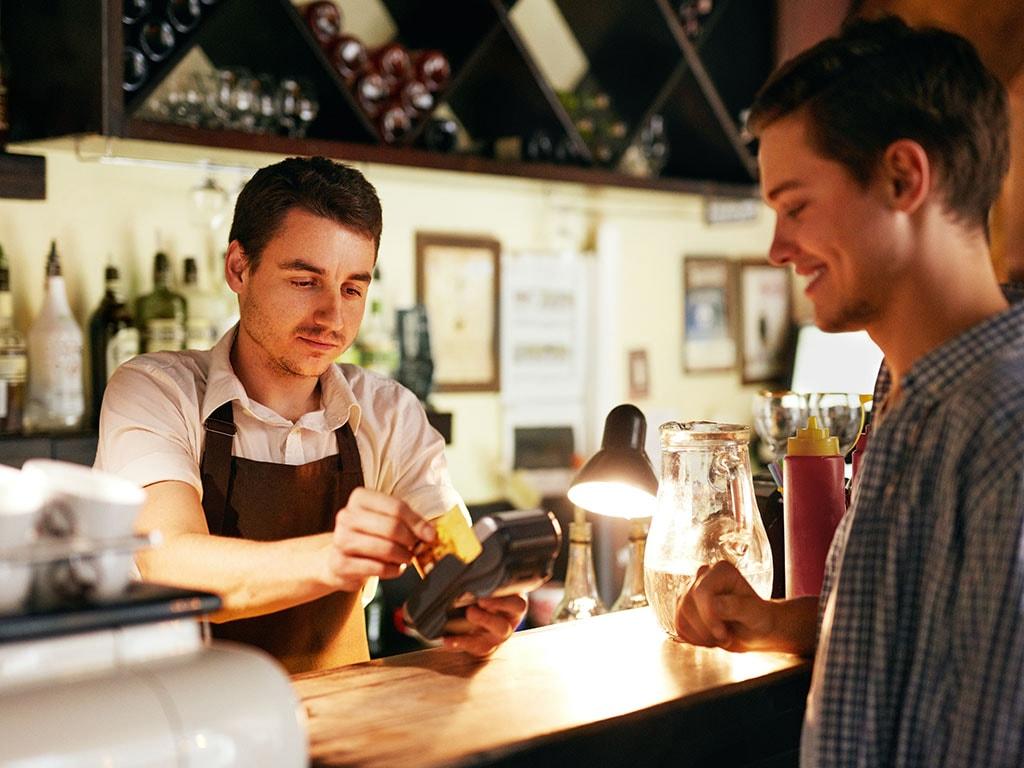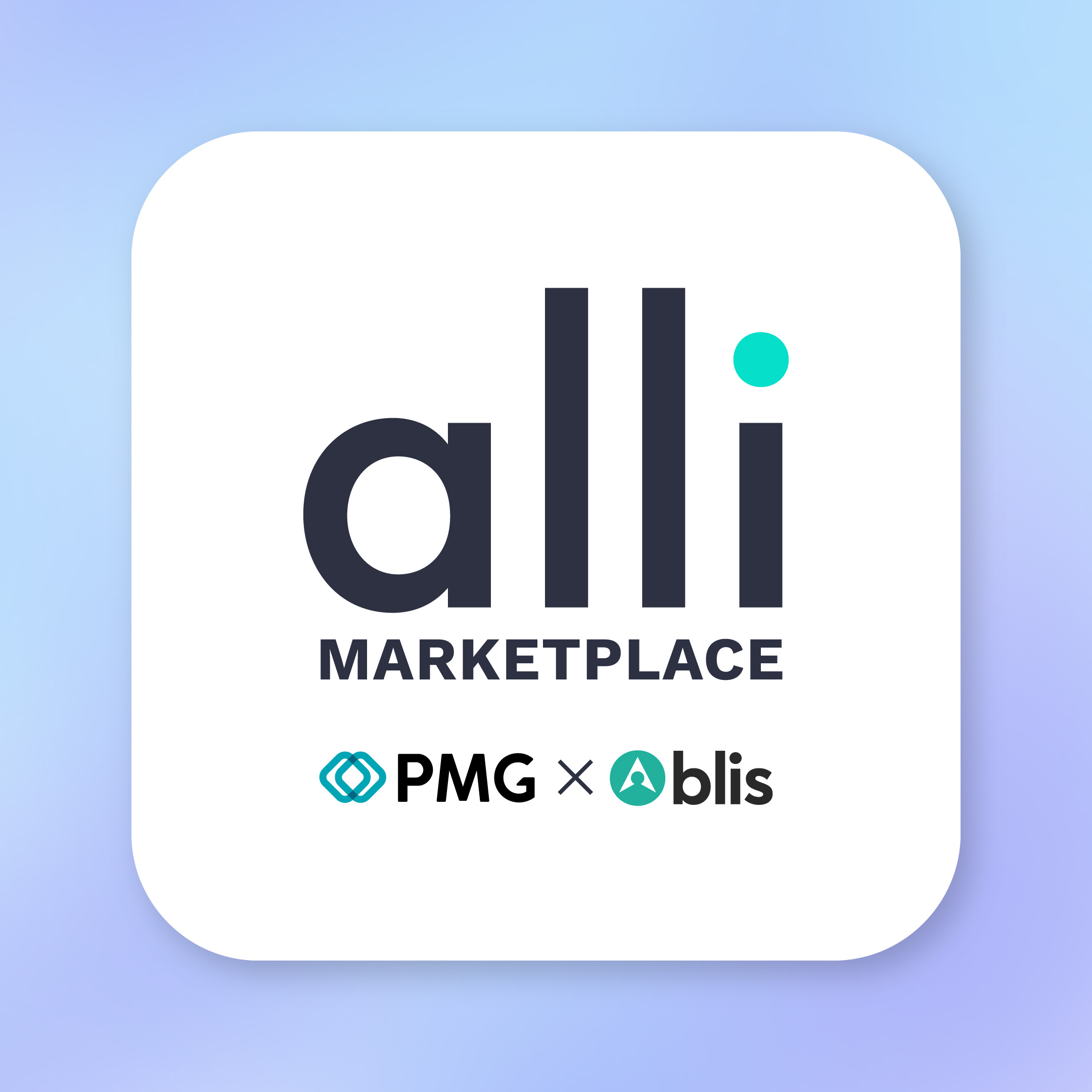Last week, Blis presented at the IAB’s DOOH Seminar.
Coming into the event with an outsider’s perspective – rather than as one of the OOH media owners or specialists who filled the rest of the agenda – was as enlightening as it was reassuring.
As a location data business our most common association with the Out of Home industry had been as an amplification partner – either targeting devices in proximity to OOH sites, or storing those device IDs to expand on, or extend, the OOH message elsewhere – we were another media touchpoint.
However, the technology and data that enabled us to activate advertising on mobile, is the same that is now being increasingly used to plan location-based audience targeting activity for other media – specifically OOH – as well as to provide a physical measure of effectiveness, thanks to the same exposure-to-conversion methodology employed in our own mobile advertising.
While the media may change, the fundamental desires and data-points are consistent:
Analytics – Plan your activity to reach your target audience as efficiently as possible
Activation – Execute on this plan
Attribution – Measure impact according to set objectives
Mobile location data enables us to enhance the granularity of pre-campaign audience identification – it’s no longer the case that an advertiser need rely on an over-index against a broad audience, when now it’s possible to identify behaviour at brand level.
The industry-wide investment in updating and up-speccing DOOH sites means that inventory is increasingly able to facilitate this level of targeting – by site, by time of day or day of week – and with bespoke messages catering to the nuance of audience and objective.
The final missing piece for OOH in its pursuit of digitisation has been the robust attribution of its impact. OOH is notoriously difficult to measure. Part of the challenge is that it is a channel designed to achieve high reach, fast, so to tailor a campaign for measurement – i.e. to create an artificial Control cell – would be to neuter a key strength. The other challenge is that people move. The media and the measurement are necessarily separate, but must be considered as parallel, and the ubiquity of smartphones enables an association to be made between a moving person, and a stationary advert.
It’s early days for us in this field, but already we’re helping both the OOH industry and long-established spenders in the category explore their new capabilities and quantify the effectiveness of this, the oldest advertising channel.



